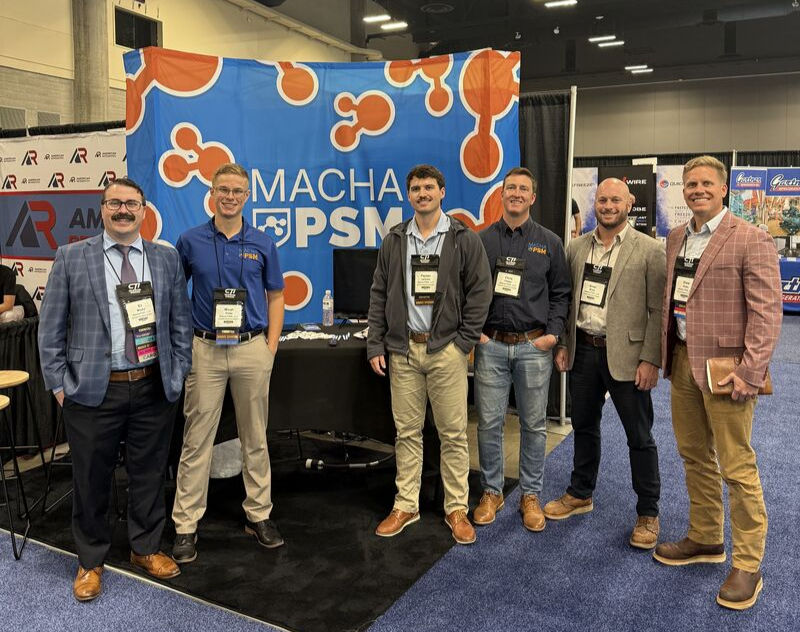4 | The Ammonia Safety Playbook: SDS Edition | Section 6 | Ammonia Out in the Wild | Blog No. 84
- Traci Cherry, Content Specialist

- Jul 22
- 2 min read

[DISCLAIMER: This blog series is not a comprehensive Safety Data Sheet. You MUST refer to the appropriate SDS for your facility’s Ammonia usage.]
What to do when ammonia escapes into the wild (aka your facility):
Contain It, Control It, Clean It Up:
So, you’ve got a leak. Maybe it’s just a frost ring and a slow hiss, or maybe it’s a full-blown vapor cloud creeping across the floor like something out of a movie. Either way, it’s go time.
This is where Section 6 of your SDS becomes more than just paperwork. It becomes your playbook for staying safe, acting fast, and avoiding disaster.
Because let’s be real: this isn’t a coffee spill. It’s anhydrous ammonia — a toxic, corrosive, high-pressure refrigerant that doesn't care about your schedule. Seconds count, and knowing what to do next matters.
Here’s what Section 6 is all about:
SDS Section 6 | Accidental Release Measures for Anhydrous Ammonia
1. Personal Precautions:
Evacuate non-essential personnel.
Approach upwind and wear appropriate PPE (yes, that means SCBAs—not just safety glasses).
Control ignition sources: NO flames, sparks, or cell phones.
2. Environmental Precautions:
Prevent ammonia from entering drains, waterways, or soil.
Report large releases to emergency response teams and possibly regulatory agencies (like EPA or state/local emergency planning commissions).
3. Containment and Cleanup:
If safe to do so, shut the leak off at the source.
Use water spray to knock down vapors—but NEVER apply water directly to liquid ammonia pools unless you're trained and protected.
Ventilate the area once the leak is controlled.
Follow your site’s spill response plan.

Short Story: The Valve That Wouldn't Close
Maya, a refrigeration tech, was wrapping up a routine valve check when she noticed a subtle frost ring forming. She didn’t panic — just radioed it in.
But within minutes, that frost turned into a steady vapor leak.
Thanks to a recent toolbox talk (yes, all about Section 6), Maya was ready. She:
Evacuated the area
Activated emergency ventilation
Grabbed her SCBA and helped isolate the system from a safe distance
No injuries. No chaos. Just a textbook response and a controlled recovery. The system was purged, cleaned, and back online by the end of the day.
Preparedness made all the difference.
Bottom Line: Be the Person Who Knows Section 6
You don’t need to be the hero who plugs the leak with their glove—you need to know what to do, when to do it, and when to back off.
So next time ammonia makes an unexpected appearance, you’ll be ready.
Coming Up Next: An Insight Into Inspecting Pipe Support Hangers. Stay Tuned!
Previous Post:

For a comprehensive training on Anhydrous Ammonia, click here for our PSM Academy Ammonia Awareness training, to learn and earn a certificate of completion. Training is in English and Spanish. Use code SDS20 for a 20% discount on the entire purchase. For more information, email us at academy@machapsm.com.





Comments